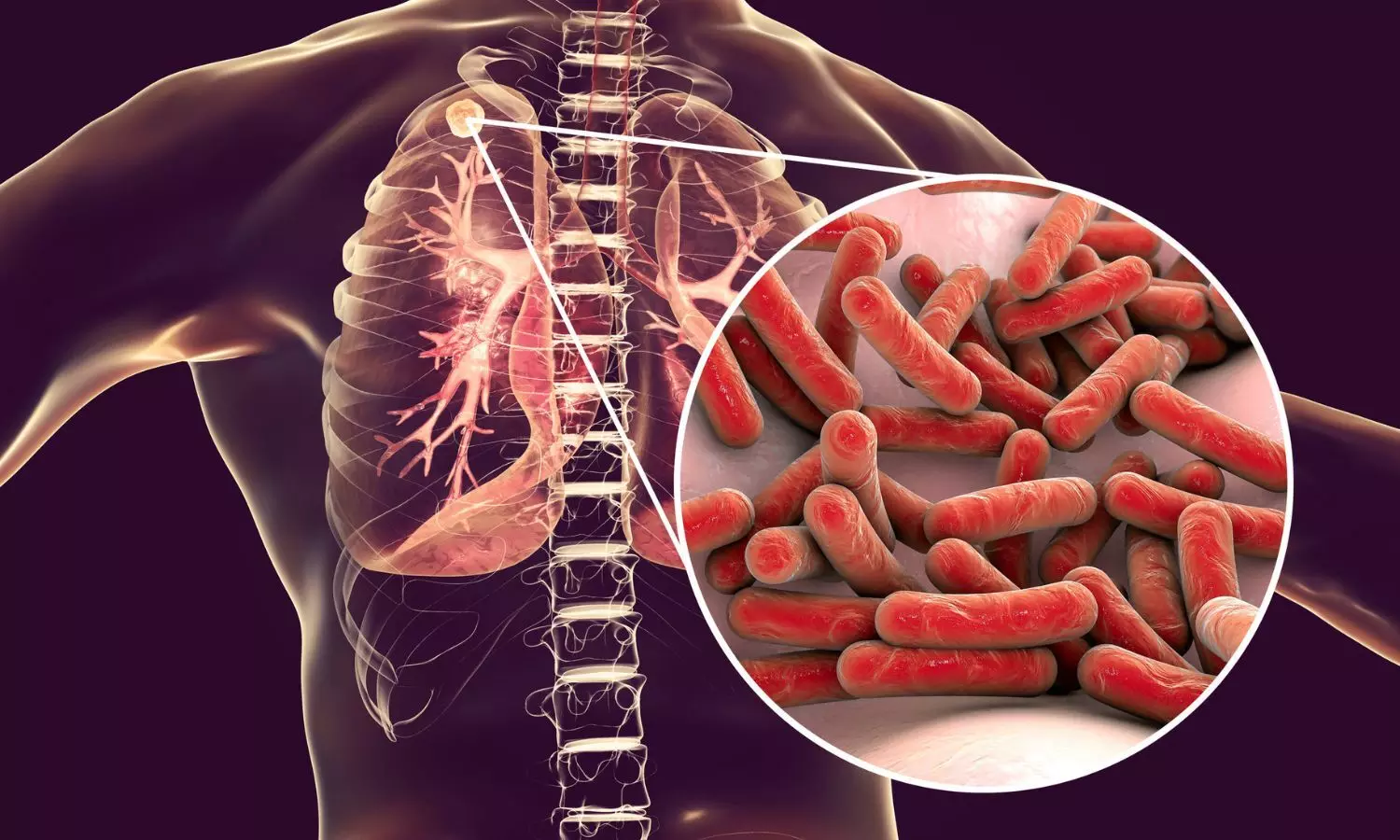Tuberculosis Testing Could Get Easier with a Simple Mouth Swab

New Delhi: Tuberculosis (TB) testing may soon become much simpler, with researchers suggesting that a painless tongue swab could replace the currently used sputum-based methods.
A recent study has shown that this approach, supported by advanced CRISPR technology, could make community-level screenings easier and more accessible, particularly in regions with limited resources.
The research was carried out by a team from Tulane University in the United States. According to lead author Zhen Huang, an assistant professor at Tulane’s School of Medicine, the development of a tongue swab test for TB could change how the disease is diagnosed globally.
“Tongue swabs are painless, easy to collect, and don’t require trained medical staff. That opens the door to large-scale screenings,” Huang explained.
Traditional TB tests require sputum, the mucus collected from the lungs. However, obtaining sputum samples is not always possible. In fact, around 25 percent of symptomatic cases and nearly 90 percent of asymptomatic cases face difficulties in producing sputum.
This limitation contributes to an estimated 4 million TB cases going undiagnosed every year.
To address this gap, researchers refined a CRISPR-based method called Act CRISPR-TB, which can detect TB bacteria DNA even when present in very small amounts. The technique offers quick results, often within an hour, and works with various sample types such as stool, spinal fluid, and tongue swabs.
During clinical testing, tongue swabs showed greater effectiveness compared to traditional sputum tests, detecting TB in 74 percent of cases versus 56 percent. The method also demonstrated high accuracy in other samples, including respiratory (93 percent), pediatric stool (83 percent), and adult spinal fluid (93 percent).
For children, HIV patients, and individuals with TB outside the lungs, sputum testing is often not an option. The use of tongue swabs and similar non-invasive samples could therefore play a crucial role in expanding early diagnosis and improving treatment outcomes worldwide.


